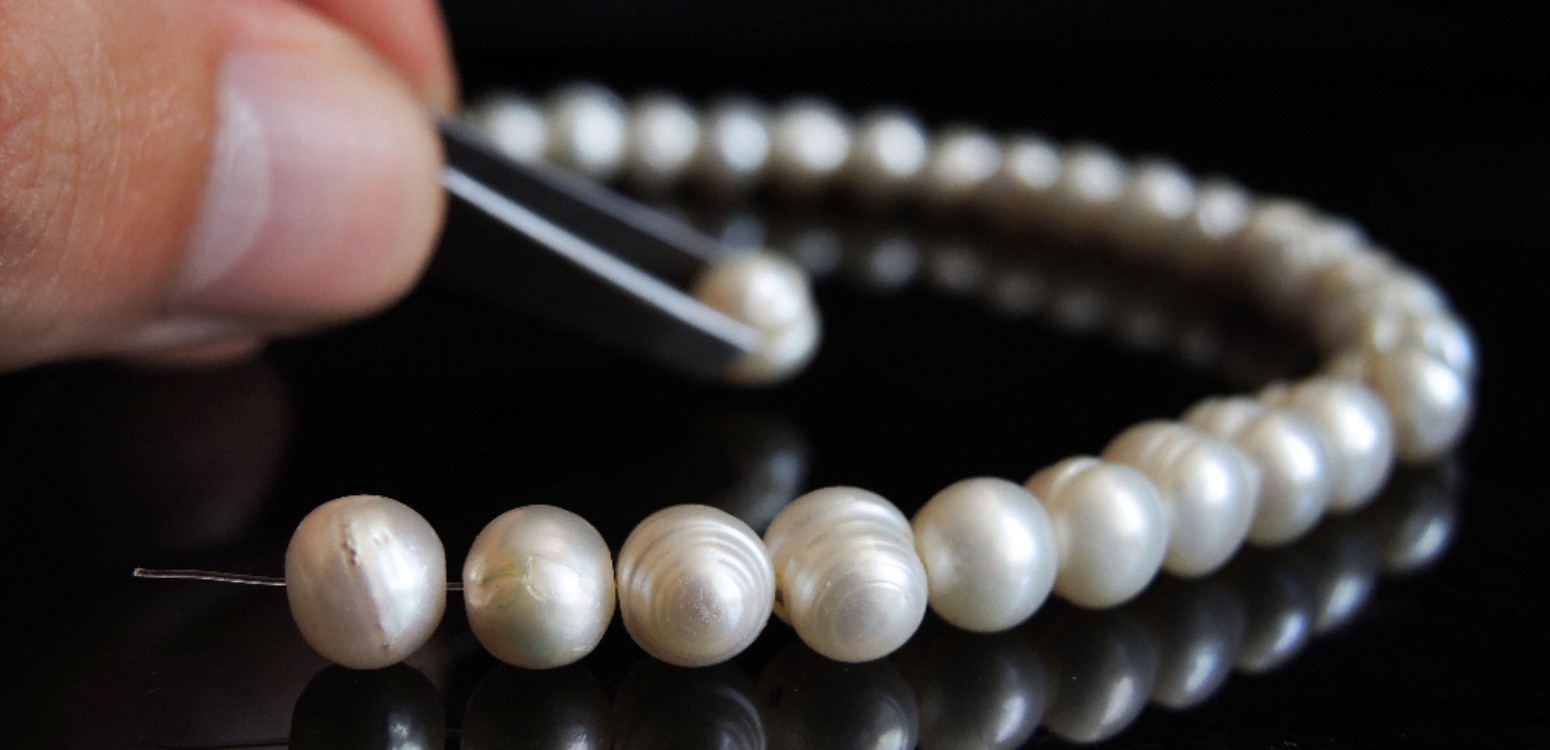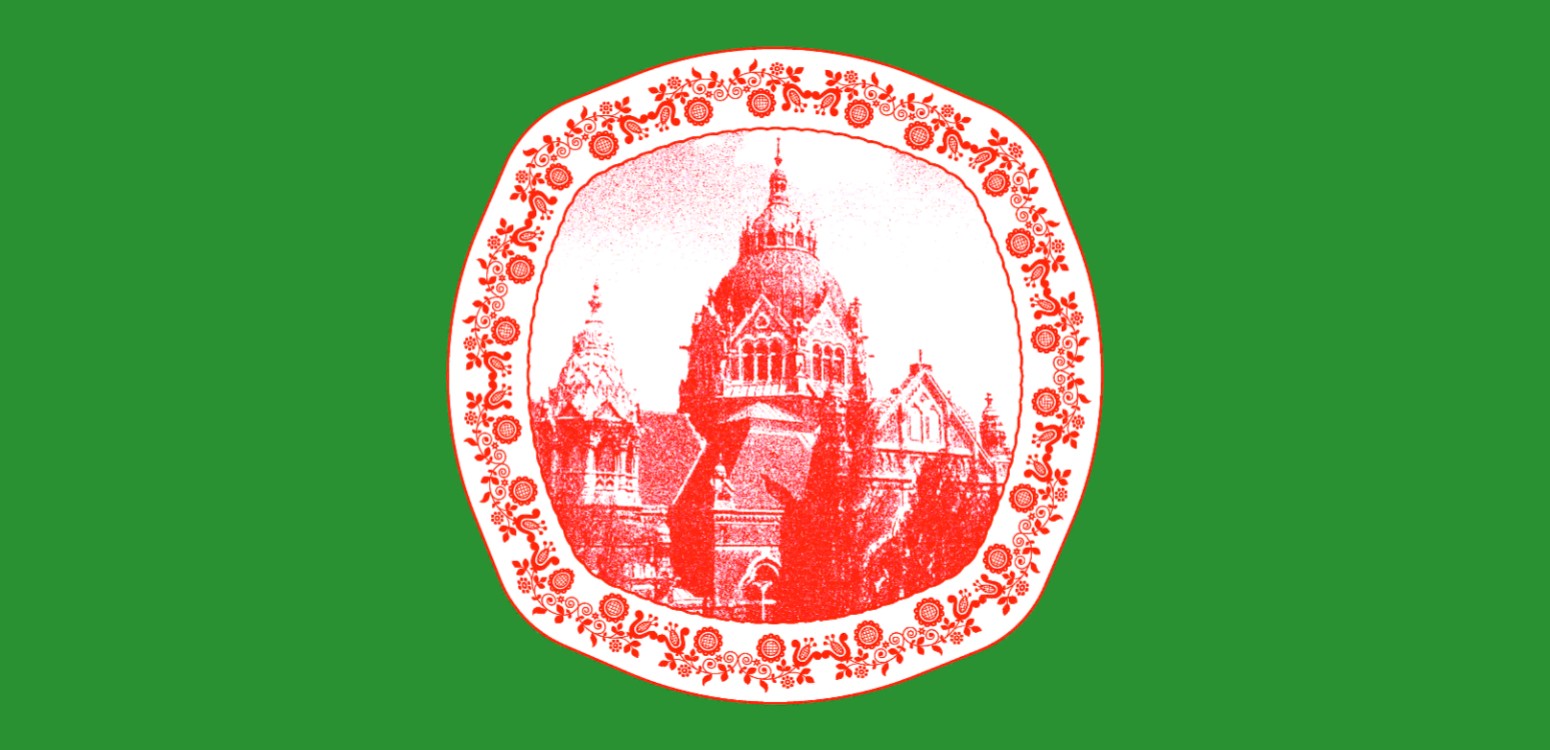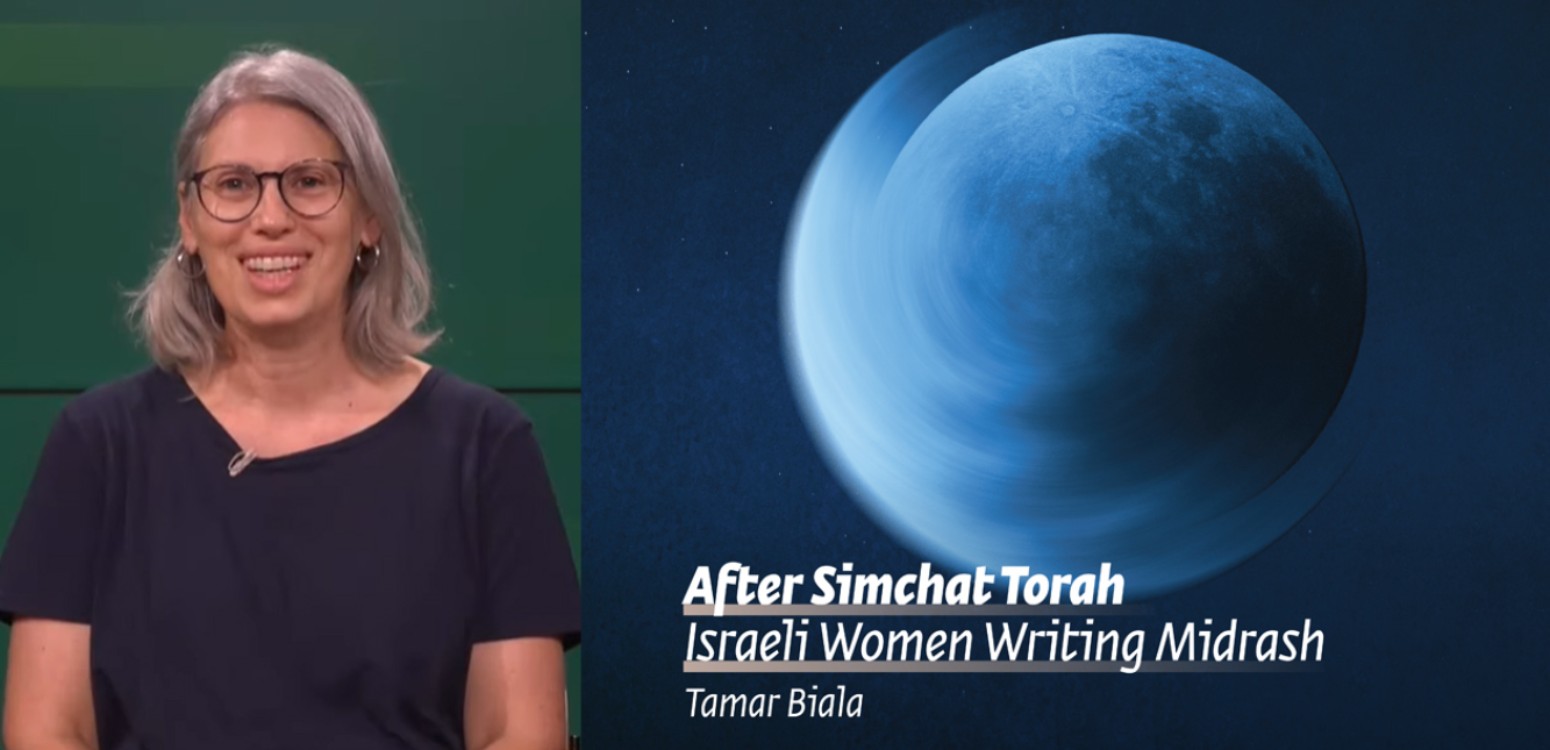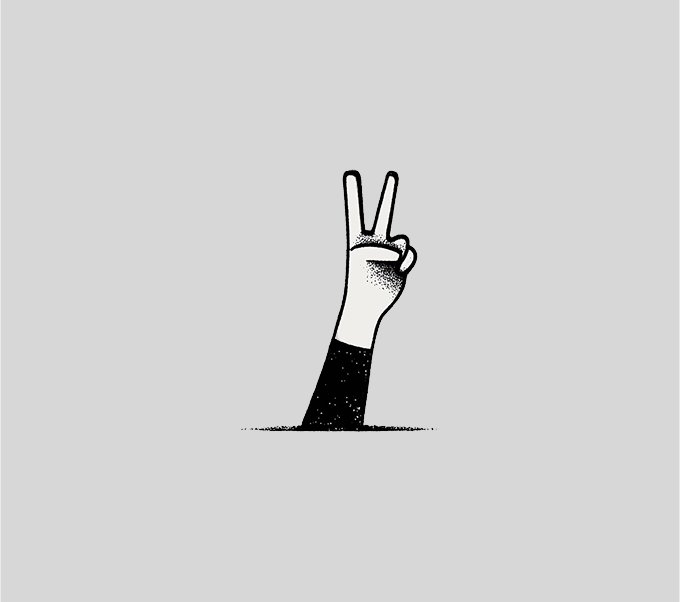
An alpha male, two opinionated women, a cruel villain, a righteous uncle, intrigue, marriage, danger and one glorious miracle. All Israeli boys and girls know that the Book of Esther is made of stardust, composed of the raw materials of blockbuster movies and best-selling novels. Still, not all readers are convinced. For example, the reader Prof. Avigdor Shinan.
"In the Bible, the book of Esther is the last in the sequence of Scrolls, and also in my list of Scrolls it ranks particularly low. It is the least fascinating: it doesn’t posses the pastoral beauty of Ruth, or the wisdom of Ecclesiastes, or the poetry of the Song of Songs. Even compared to the lamentations of The Book of Lamentations, the Book of Esther is less interesting. It’s a long story, too stretched out, too detailed. Some editing would have done it good.”
Speaking of editing, despite the frosty book report he submitted, “The Book of Esther – a New Israeli Interpretation” by Rabbi Mishael Zion, was edited by Shinan. Shinan does not retract his comments, but in the spirit of the book edited by him, he says: "There are many things that are not in the Megillah itself, but were born out of it."
What do you mean?
"The Book of Esther had a tremendous influence on art and artists – Jews and non-Jews – whether they were illustrated Scrolls or manuscripts. It influenced Hebrew. The Hebrew word 'lignoz', which is a regular everyday word (meaning “to shelve”, like shelving an idea or a plan), is Persian in origin and came to us from the Megillah. There is also the opposite phenomenon: The reality that infiltrated the holiday and its reading habits. The gragger was born as an alarm device for the gas attacks in England, and in a slow process it entered the synagogue, to the chagrin of the rabbis, who were right of course, because when the rattles make noise, you don't hear the reading.”
What is the most interesting thing we don't know about the Megillah?
"The most interesting thing is that it is not about one thing. The story of the Megillah is the basis, but many commentaries have been written on it. In my opinion, what saves the Megillah is to discover it as the beginning of a long process of which we are all a part. Since it is read over and over again, in all generations and in all periods, it is a story that resonated in culture, in language, in history – from the Middle Ages until this very day.
For example, in a period like the Holocaust, the resonance of this story of extermination and of the miracle that follows is great. As the son of Holocaust survivors, the use of this story made by the generation of the 40s and 50s of the last century spoke to me greatly. The connection between the Book of Esther and the stories of the Jews in World War II is very moving. The parallel between Hitler and Haman, the celebrations after the fall of Hitler like those after the fall of Haman. In the first years after the end of World War II, the power of the Book of Esther was great; it was resurrected."
And there is also the attraction of sex and violence, which is a major selling point for The Book of Esther. “For the majority of readers who are not biblical scholars, this is the most interesting story, because of its sex and violence," says linguist and Iran specialist Dr. Thamar Eilam Gindin, author of “The Book of Esther Unmasked” (Zeresh Books).
For more than 20 years, Eilam Gindin has been traveling between universities and home events, lecturing at Purim parties and in front of soldiers, meeting academic and non-academic audiences, talking about the Megillah, but not exclusively. "I have never given the same lecture twice," she says, but the Book of Esther is always an anchor, or perhaps, the starting point. "I am passionate about this story because it helps me build bridges. For me, the Megillah is a means to open the eyes of both sides, to show the people of Israel and the Iranian people that there are human beings on the other side."
And how do you do it?
"As a Persian linguist, I could lecture on the Books of Ezra–Nehemiah, or on Daniel. But the audience is less familiar with them, and the Book of Esther is always tempting and intriguing. I use the natural curiosity of Jews in general and Israelis in particular to introduce them to an Iran they don't know: ancient Iran as well as modern Iran. And when I am a guest on radio and television programs in Persian, I stimulate the natural curiosity that Iranians have about their heritage. I show how much one can learn about ancient Iran through the Megillah. Along the way, I reveal to them that the story that the Iranian antisemites are telling them is not true at all."
What story are the Iranian antisemites telling?
"The Iranian antisemites make false use of the Megillah. They claim that the first genocide in history was when the Jews fraudulently obtained an order from the king to exterminate the Iranian people. This claim is very common in Iran, and many think it is true. Even non-antisemitic Iranians believe this. The claim of Iranians who want to establish relations with Jews is 'that was 2,500 years ago, let's move forward'; meaning – they believe it. They just think there is a statute of limitations."
So, what genre is The Book of Esther really? Legend? Memoir?
"I used to call the lecture 'The Book of Esther – Real or not?'. In the first part of the lecture, I convinced the audience that it was real, and in the second part that it wasn't, and then I suggested that everyone go home with their own feeling. About the vast majority of the plot, you can say: maybe. Maybe the Jews killed 75,810, and maybe only 700. It is true that there is a site called the Tomb of Esther and Mordekhai, but it is not necessarily them who are buried there, or even if there is anyone buried there. If there really was permission to slaughter an entire nation and this nation was given permission to slaughter back, it is very strange that none of this was recorded by the Greek historians, who generally seized the opportunity to badmouth the Persians.
However, it can be said that the author researched the reality of the king's court thoroughly. The Megillah describes Persia of those days accurately. Also, we know there was a real king Ahasuerus and who had a wife whose name was similar to Esther. But the description of how the queen was selected is unlikely because it was customary to choose the queen from among the seven noble families. So maybe Esther was a concubine. But there were women in the king's court, and the determination of Vashti and Esther is also evidence of a kind of historical truth, which is that for most of history Iranian women had a high status."
This is actually one of the things furthest from the image we have of Islamic countries, especially Iran.
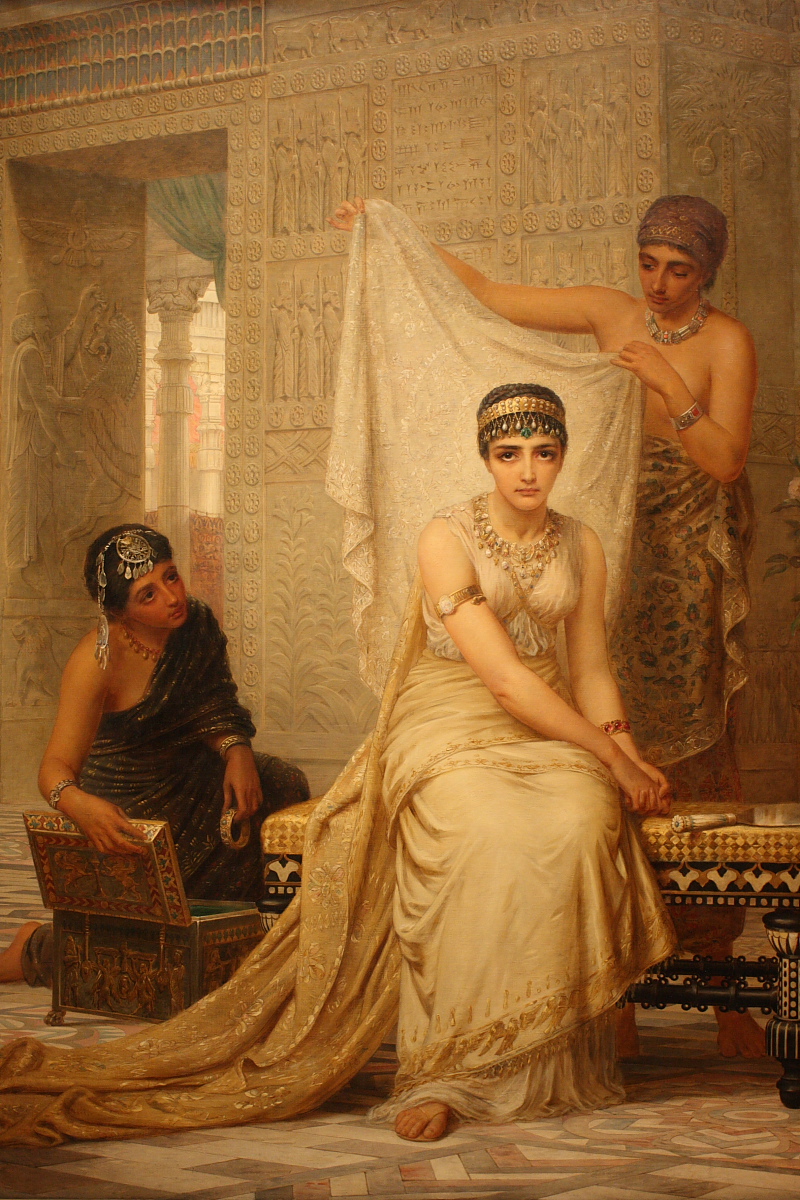
"A high status relative to women from neighboring countries; not relative to men of course. Iranian society is very Phallocentric. It spoils the boys and makes it difficult for girls and women. But it makes them develop resourcefulness. Most of the time, and relative to women in other places, Iranian women enjoyed an extraordinary status. It is no coincidence that women received Iran's only Nobel Prize and the only Fields Medal. The best-known author in Iran is a female, and the best-known actor is an actress. In Saudi Arabia, women could not go out into the public sphere without a man and they couldn't leave the house with an improper hijab, and only recently were they allowed to drive. In Iran women drove and still drive and you can see a sign on the vehicles: 'This vehicle was stopped due to the misdemeanor of the driver and passengers wearing a bad hijab.'
“In the Megillah you see evidence of this in the degree of Esther's influence, when Haman begs and pleads with her to change the king's decree. It should not be taken for granted that she had the possibility to influence general decrees. There is also the audacity of Vashti to refuse the king's order, although in this case she didn’t really have a choice."
Why not?
"Because respectable women are not allowed to sit with drunken men, so in fact, it doesn’t matter of Vashti would have agreed or not – Ahasuerus would have kicked her out and found another queen either way. He set her up for failure."
Main Photo credit: Wikipedia\ Le Couronnement d'Esther by Jean-François de Troy, circa 1825
This article was originally published in Hebrew
Also at Beit Avi Chai

